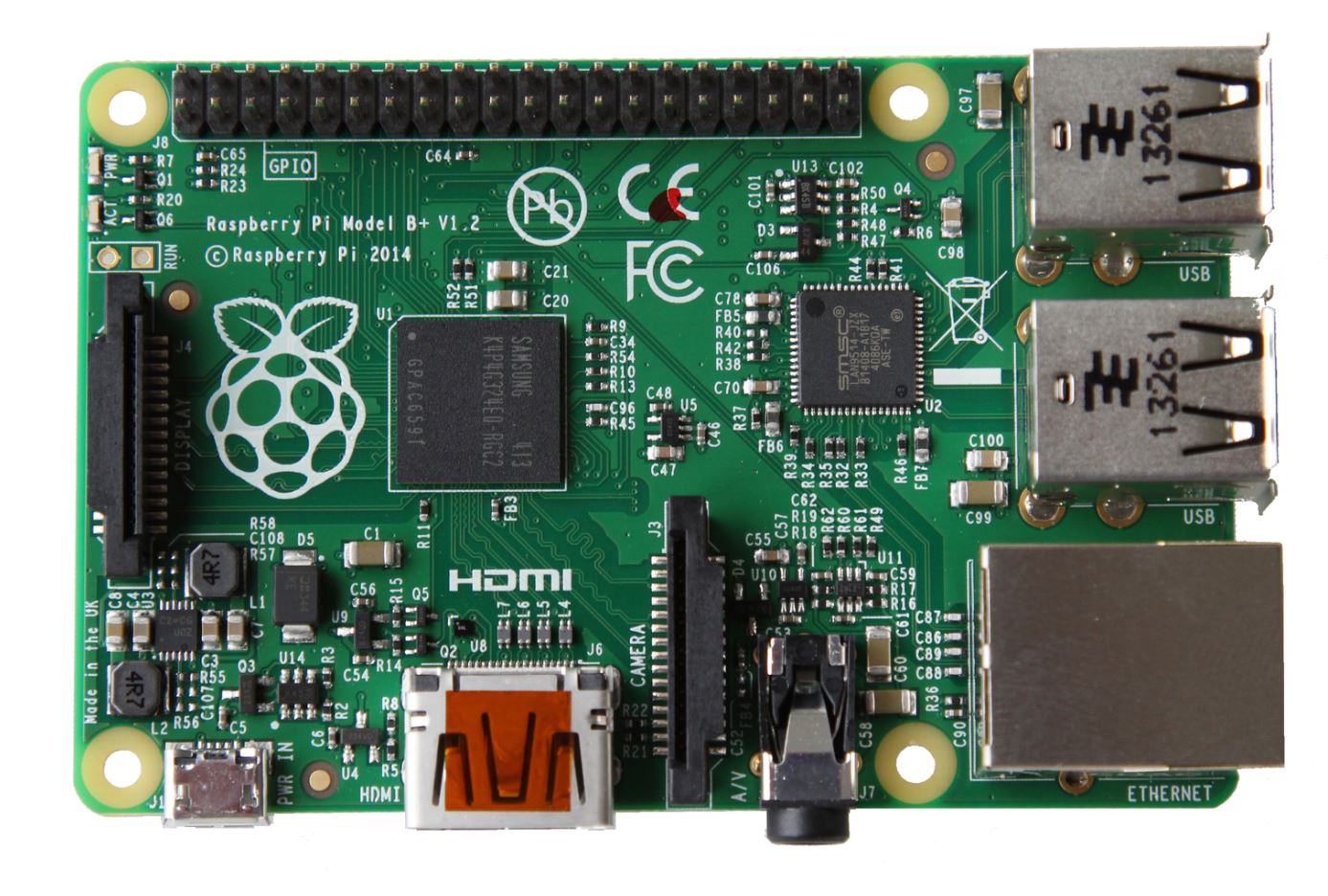
Raspberry Pi is a single-board computer developed by the Raspberry Pi Foundation in the UK.
The credit card-sized family of low-cost computer boards are mostly used by developers to build DIY IoT projects.
The foundation is a UK charity that wants to promote computer science studies up and down the country and in developing economies.
As of February 2016, the foundation had sold over eight million boards, making Raspberry Pi the most-sold PC in the UK.
To date, the organisation has launched four credit card-sized boards. The firmware on all of them is closed-source. All three generations also feature a Broadcom system on a chip, which includes an ARM-compatible CPU and a graphics processing unit.
The first board was released in February 2012, at a cost of $25. The Raspberry Pi 1 is compatible with different OSs including Linux, RISC OS, FreeBSD, NetBSD, Plan 9, Inferno and AROS.
Its CPU runs at 700 MHz and internal memory is 256 MB for models A, A+ rev 1 and B rev 1. Versions A+ rev 2, B rev 2 and B+ CM have 512 MB of internal memory. Extra storage can be added through an SDHC slot (models A+ and B+), a MicroSDHC slot (A+ and B+), and a 4 GB eMMC IC chip (model CM only).
What sort of things have been built using Raspberry Pi?
The second board, Raspberry Pi 2 was launched in February 2015 costing $35. It offered support for the same OSs as in the first iteration, though it added Windows 10 IoT Core to the list. Linux distribution was also boosted with Raspbian.
CPU power is higher at 900 MHz and memory has also been expanded to 1GB RAM. Extra storage can be added through a MicroSDHC slot.

In February 2016, the foundation launched the Raspberry Pi 3 also priced at $35. The product features a 1.2GHz 64-bit quad-core ARM Cortex-A53 CPU. All OSs previously mentioned are supported.
Pi 3 also has an integrated 802.11n wireless LAN and Bluetooth 4.1 and Low Energy connectivity, and despite being the latest version, it is still compatibility with Raspberry Pi 1 and 2.
Memory RAM sits at 1GB and extra storage can be added with the addition of a microSD card.
Over the years, Raspberry Pi boards have been used in several different applications. Developers have built arcade cabinets, robots of all sorts, beer can keyboards, weather monitoring stations, smart toilets, intelligent doorbells, and much more using the hardware.






